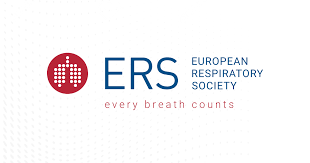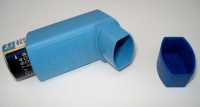Author Interviews, Pulmonary Disease, Surgical Research / 13.09.2022
CELEB Trial: Surgical vs Bronchoscopic Lung Volume Reduction
MedicalResearch.com Interview with:
Ms. Sara Buttery
Research Physiotherapist at Royal Brompton &
Harefield NHS Foundation Trust
University of the West of England
London, England, UK
MedicalResearch.com: What is the background for this study? Would you describe the BVLR technique?
Response: The CELEB trial is a multicentre randomised controlled trial that was carried out at five centres across the UK, with the objective of investigating if Lung volume reduction surgery (LVRS) is significantly superior to Bronchoscopic lung volume reduction (BLVR) in people who are suitable for both procedures.
BLVR is a minimally invasive method of lung volume reduction whereby a fibreoptic camera is passed through the mouth, rather than by an incision in the chest wall as is the case with LVRS. The CELEB trial compared endobronchial valves (EBVs) as a type of BLVR, to LVRS. EBVs are designed to prevent airflow into the treated lobe, but allow air and mucus to exit. EBV treatment can be carried out under general anaesthetic or sedation.
The primary outcome for the CELEB trial was the iBODE index score at 12 months post procedure, as a measure of disease severity.
(more…)













